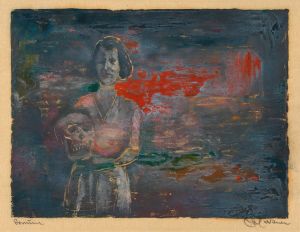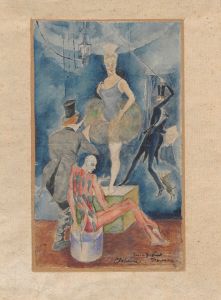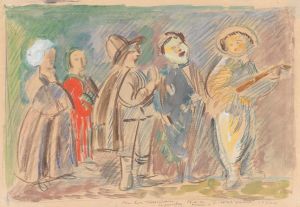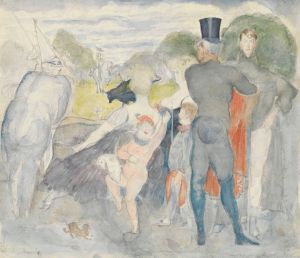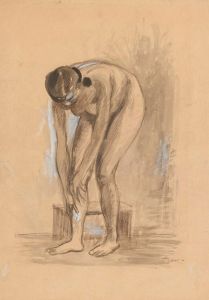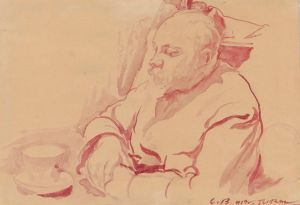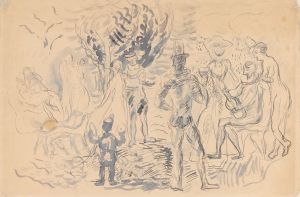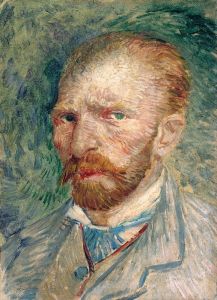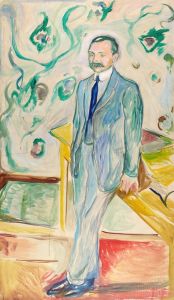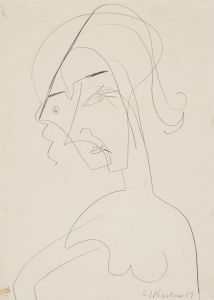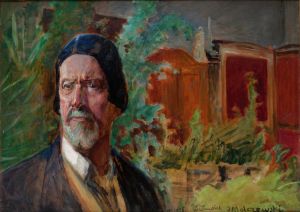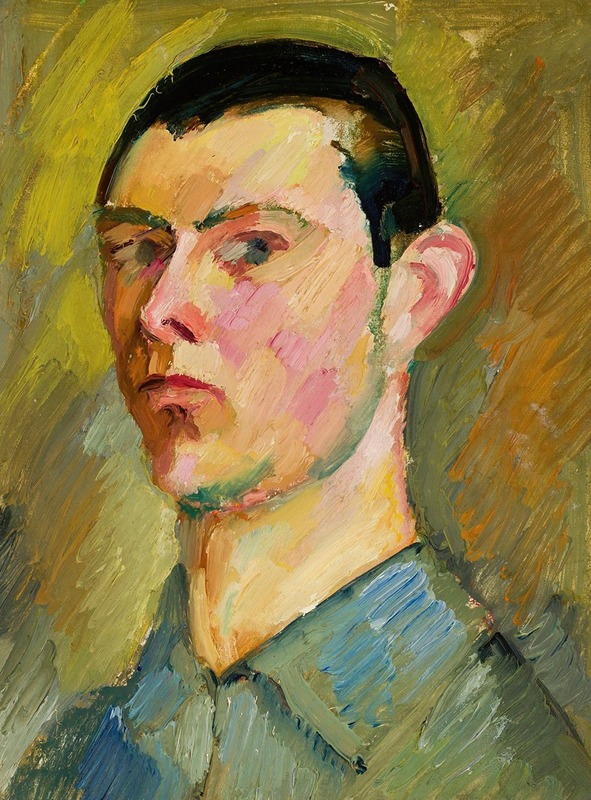
Self-portrait
A hand-painted replica of Zygmunt Waliszewski’s masterpiece Self-portrait, meticulously crafted by professional artists to capture the true essence of the original. Each piece is created with museum-quality canvas and rare mineral pigments, carefully painted by experienced artists with delicate brushstrokes and rich, layered colors to perfectly recreate the texture of the original artwork. Unlike machine-printed reproductions, this hand-painted version brings the painting to life, infused with the artist’s emotions and skill in every stroke. Whether for personal collection or home decoration, it instantly elevates the artistic atmosphere of any space.
Zygmunt Waliszewski (1897-1936) was a Polish painter known for his contributions to the Polish avant-garde movement. His works often reflect a blend of modernist influences and traditional Polish themes. One of his notable works is his self-portrait, which provides insight into his artistic style and personal expression.
The self-portrait by Zygmunt Waliszewski is a significant piece within his oeuvre, showcasing his skill in capturing the human form and his unique approach to color and composition. Painted during a period when Waliszewski was deeply engaged with the avant-garde art scene, the self-portrait reflects the innovative spirit of the time.
In the self-portrait, Waliszewski employs a bold use of color and dynamic brushstrokes, which are characteristic of his style. The painting features a close-up view of the artist's face, allowing viewers to engage directly with his intense gaze. This direct engagement is a hallmark of self-portraits, as it creates a personal connection between the artist and the viewer.
Waliszewski's self-portrait is also notable for its expressive quality. The artist's use of color is not merely representational but also emotive, conveying a sense of his inner life and personality. The background of the painting is relatively simple, ensuring that the focus remains on the artist's face and expression.
The self-portrait is an example of Waliszewski's ability to merge traditional portrait techniques with modernist sensibilities. His work often includes elements of Polish folk art and symbolism, which can be seen in the way he handles the composition and color palette. This blending of influences is a testament to his versatility and his commitment to exploring new artistic directions.
Zygmunt Waliszewski's contributions to Polish art were cut short by his untimely death at the age of 39. Despite his relatively brief career, his work left a lasting impact on the Polish art scene. His self-portrait remains an important piece for understanding his artistic legacy and the broader context of Polish modernism.
The painting is housed in the National Museum in Warsaw, where it is part of a larger collection of Waliszewski's works. The museum's collection provides a comprehensive overview of his artistic development and the various phases of his career. Visitors to the museum can view the self-portrait alongside other significant works by the artist, gaining a deeper appreciation of his contributions to the art world.
In summary, Zygmunt Waliszewski's self-portrait is a key work that encapsulates his artistic vision and the innovative spirit of the Polish avant-garde movement. Through its expressive use of color and dynamic composition, the painting offers a window into the artist's personality and his approach to modernist art.





